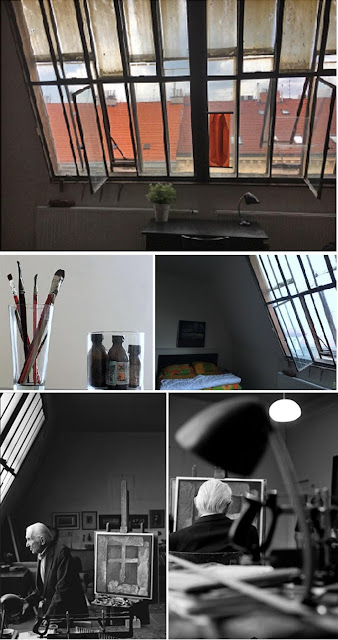While Doryun Chong is no stranger to making politically complex decisions he’s understandably careful with his words, making it difficult to get much of a fix on his curatorial position. Still, we’ve dug up some statements from interviews and links to a lengthy interview in Ocular part I and part II that might be helpful to Walters Prize entrails searching.
‘I am interested in cultural anthropology of our own times.’
‘I transitioned from academia to the museum world and I became more of a generalist–this identity has always been very important to me as curator’
‘Some people groan about how contemporary art has become too ubiquitous. But art was a rather elitist discipline that belonged to high culture, and it has broken itself down in a positive way to interface with, and be inspired by, other disciplines.’
A contemporary museum ‘… should look back on the history but should also be reflective of the time we live in, while also anticipating the future and being open to what is going to happen.’
‘...as a museum curator I have been very context responsive’
“sometimes life tells better stories than art can’
Who will he pick?
Kind of obvious isn’t it? (just kidding)



































